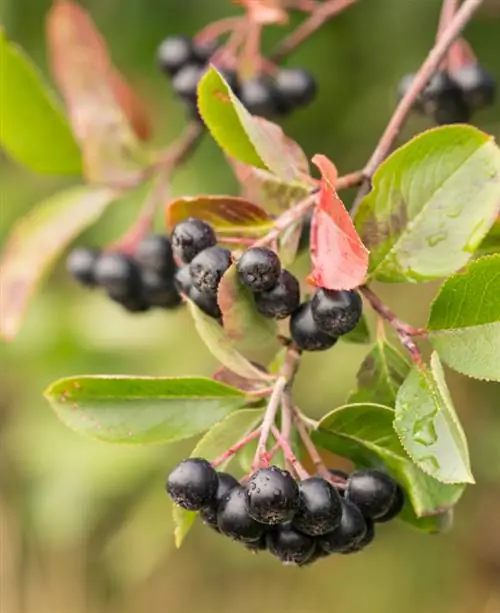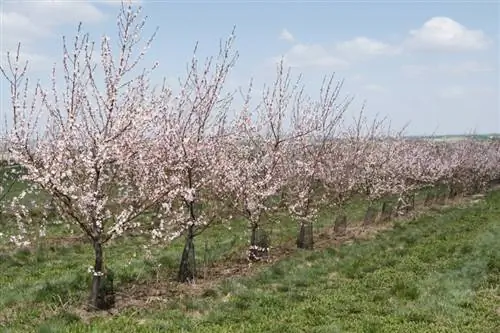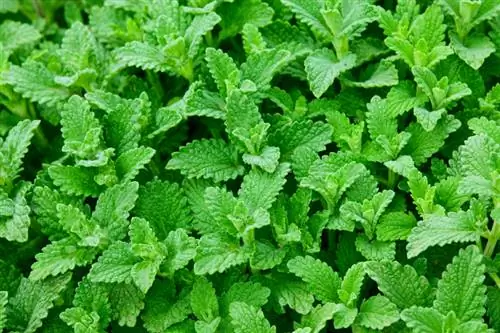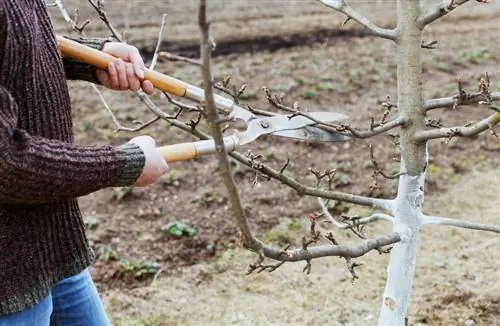- Author admin [email protected].
- Public 2023-12-16 16:46.
- Last modified 2025-01-23 11:22.
The Pfaffenhütchen is one of the most common native trees that are often placed in the garden as colorful accents. They are of ecological importance and particularly easy to care for. Their good pruning tolerance makes the shrubs perfect trees for topiary, hedge design and bonsai.
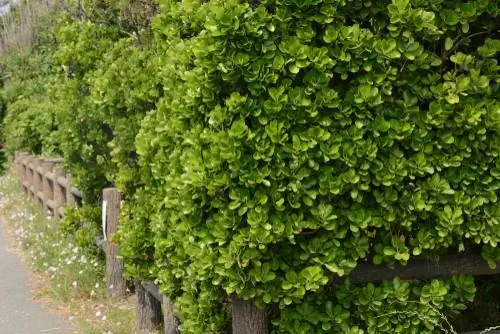
How do I cut a Pfaffenhütchen correctly?
To prune a Pfaffenhütchen, remove disturbing or dead branches and carry out topiary cuts in spring or late autumn. For hedges, cut the shrub evenly and regularly. Radical cuts are possible, but please note the breeding season of the birds.
Care in a natural garden
If you want a wild growth character, you don't have to cut back the Pfaffenhütchen regularly. The wood expands in width and forms a dense branch with pronounced branches.
In this habitat, small songbirds find optimal places to retreat and sing. They use the wood to build nests and as a source of food. The shrub is not only busy during the summer months. Even if the branches appear dead in winter, they provide important overwintering quarters for numerous insects.
Topiary
If you have limited space in the garden, you can get the Pfaffenhütchen into shape through regular pruning. Remove branches that disrupt the overall look. Dead branches are cut off directly at the base so that the tree can invest its energy in the living branches.
Good to know:
- Cuts do not require treatment
- Clearing takes place in spring or late autumn
hedge cutting
In order to form the Pfaffenhütchen into a hedge, you should prune the shrub evenly when it is young. Regular pruning encourages the plants to develop new shoots.
Remove annoying main branches and secondary shoots to roughly shape the shrub. The Pfaffenhütchen forms numerous branches and grows into a dense privacy screen. For cutting purposes, use a cleaned and well-sharpened hedge trimmer (€24.00 on Amazon). Pruning is quicker with an electric hedge trimmer.
Radical cut
Pfaffenhütchen prove to be trees that tolerate pruning very well and can survive even radical pruning. When cutting back radically, pay attention to the birds' breeding season. While light topiary cuts are possible throughout the entire growing season, you are not allowed to carry out radical cuts between March and September according to the Federal Nature Conservation Act. There could be bird nests in the bushes that will be destroyed by cutting measures.
Spring is a good time for intensive pruning, as the shrub will sprout again until winter. When cutting, be careful not to completely remove the two-year-old wood. This is where the bushes develop their flowers. Use a sharp saw or chainsaw to remove the branches.
Cutting tips:
- evergreen spindle bushes are kept in shape if necessary
- other species look better uncut
Bonsai
Pfaffenhütchen can be shaped early by wiring and turned into a bonsai. This measure works well with young specimens because the wood becomes hard within a short time and then retains its shape. A topiary cut is possible at any time on the rapidly growing plant. Pfaffenhütchen are ideal outdoor bonsais that impress with lush flowers and can withstand temperatures down to -20 degrees Celsius.


